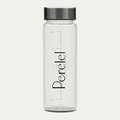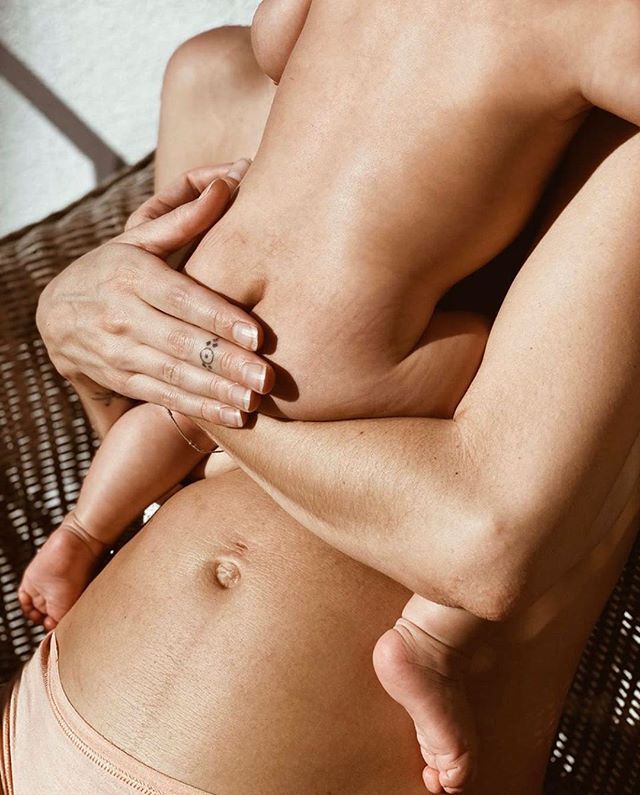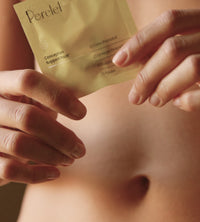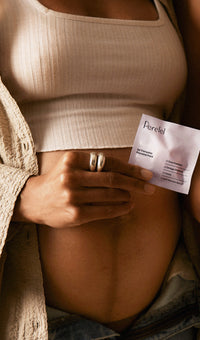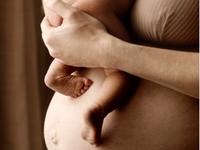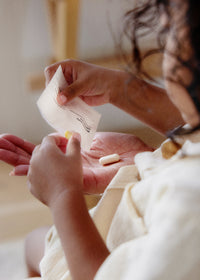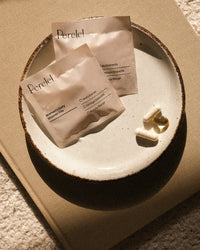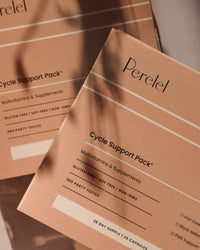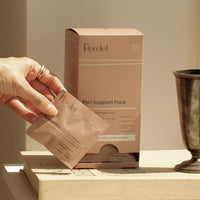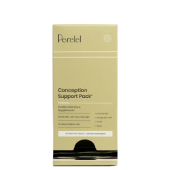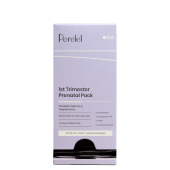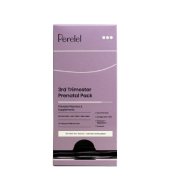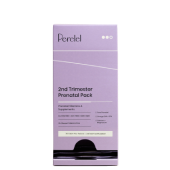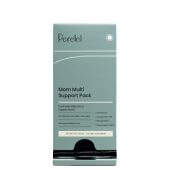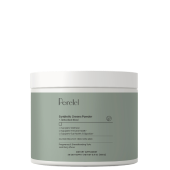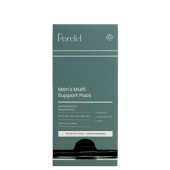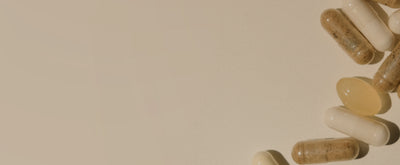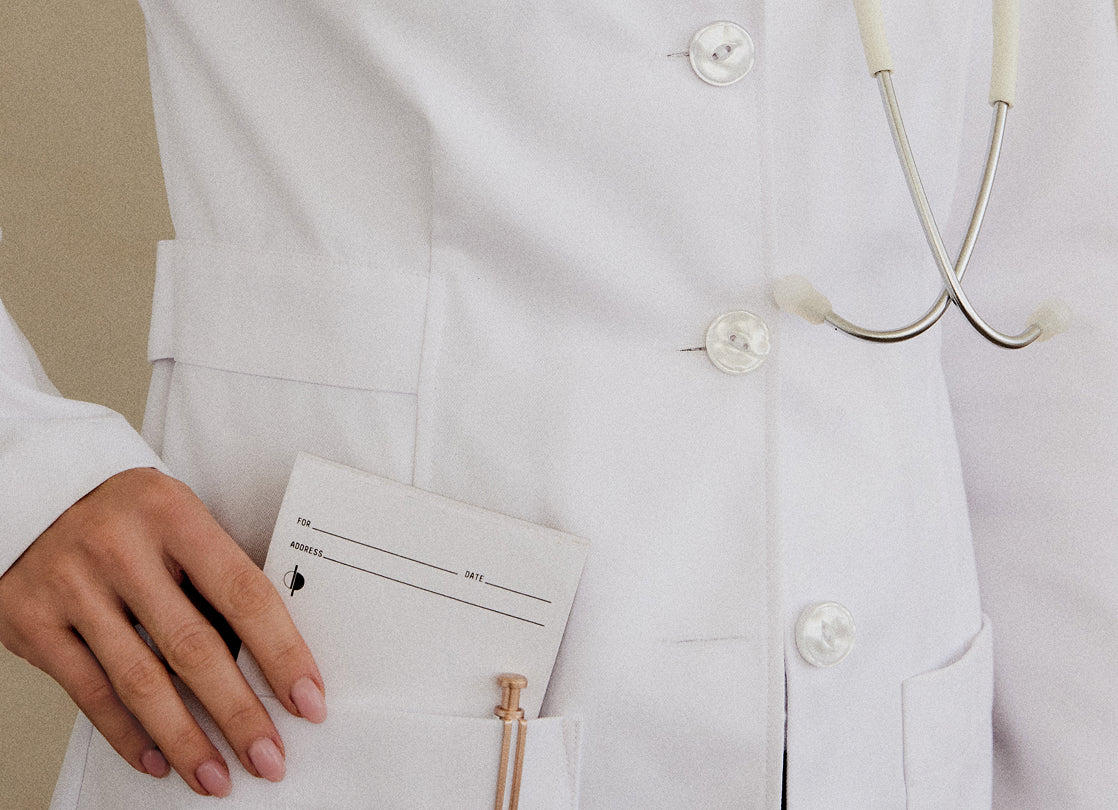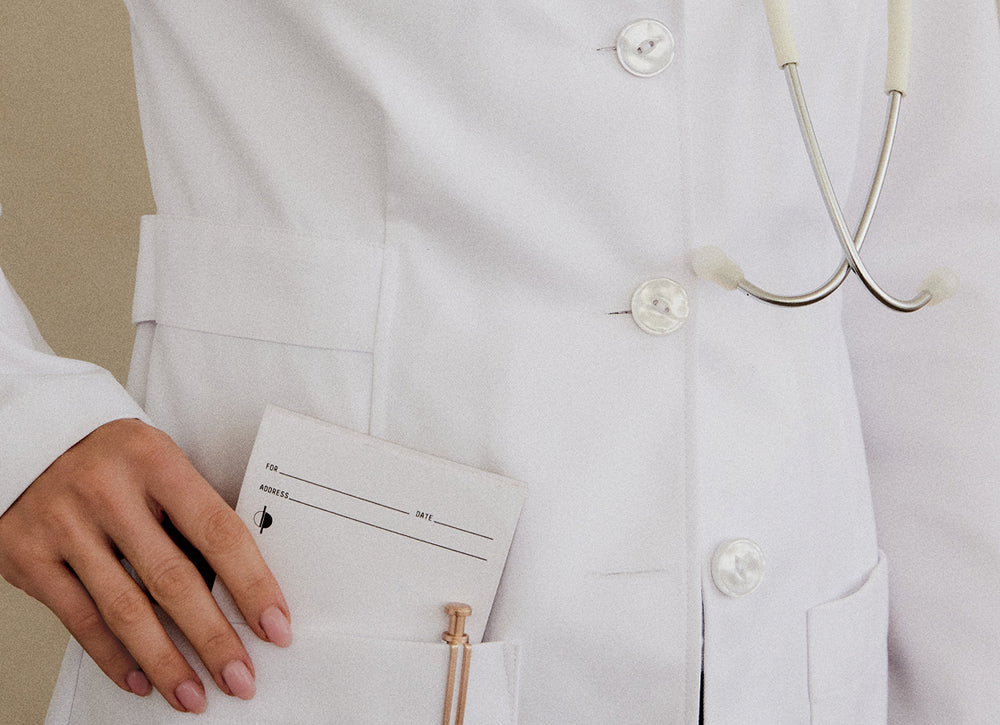As a mother, you may now begin to think about everything with a new perspective of wanting to create a safe and healthy environment for your baby. A big way to do that is by being conscious of the products that you bring into your home. When it comes to ingredient safety for your kids, knowing where to start can feel overwhelming and putting in the time and effort to research every purchase, quite frankly, may be unrealistic. That’s where we come in. We did the sleuthing for you and rounded up some major ways you can start limiting and reducing the toxins in your own household today.
Feed Clean
If you’re using formula for your baby, skip the ready-to-eat versions that contain the toxin BPA in the can lining. Instead, mix with fluoride-free water and always heat up in glass or ceramic bottles, never plastic. Also, check to make sure your baby bottles are BPA-free plastic or glass.1
Once your little one starts eating real foods, opt for organic when you can. We know more now than ever before about the harmful effects of pesticides used on our fruits and vegetables. Exposure to these chemicals has been linked to increased risks of tumors, leukemia, and effects on brain development in children. And the American Academy of Pediatricians Council on Environmental Health has advised that parents limit exposure to these pesticides for children since 2012. It’s important to remember that not all produce is created equal, and some have higher levels of pesticide residues than others. At the top of the list are strawberries, spinach, and kale so it’s advised to try and opt for organic for those especially whenever possible. The lowest? Avocados. We always knew we loved them for a reason.2
Examine Body Care Products
We know that what we feed our babies is important, but what we put on our babies is equally as crucial. Simply put: Our skin is an organ and what we put on it is absorbed into our bodies. Therefore, it’s important to look critically into your baby’s personal care and bath products, even if they’re marked with a safe, gentle, green, or hypoallergenic label. There are six core ingredients that the Environmental Working Group has put on the watch list for kids body care products:
- Parabens
- Isothiazolinones, which can also be labeled as Methylisothiazolinone or Methylisochlorothiazolinone
- Talc
- Formaldehyde Releasers, such as DMDM Hydantoin, Diazolidinyl Urea, Imidazolidinyl Urea, and Sodium Hydroxymethylglycinate, among others
- Retinyl Palmitate and other topical retinoids
- Fragrance
Checking labels and knowing the ingredients can be time-consuming so we recommend using the EWG’s Skin Deep Cosmetics Database to do the leg work for you.
Stay Sun Safe
When it comes to sun safety, the American Academy of Pediatrics says that small amounts of sunscreen can be used on infants, if necessary. But babies under six-months-old should really be kept out of direct sunlight and covered with protective clothing and materials. When you are ready to add a sunscreen to your child’s daily routine, opt for a mineral sunscreen with zinc oxide or titanium dioxide in an SPF of 15 to 50. If you choose a non-mineral sunscreen, try to find one with avobenzone.3
Skip the Baby Powder
Once an essential in baby care, we now know that the airborne particles in baby powder make their way into our babies’ lungs. That’s especially concerning for products containing talcum powder because talcum contains asbestos, a known carcinogen. We recommend a zinc-based diaper cream instead.
Avoid Flame Retardants
While flame-retardant furniture or mattresses may have been well-intentioned a decade ago, it’s now understood that the chemicals used to make products flame-retardant can cause health effects that include cancer and disruption of endocrine, or hormone, system. And while the main chemical used in flame retardant products, Penta-BDE, has been banned, studies show that its replacement, triphenyl phosphate, causes reproductive and developmental abnormalities in animals.4
Limit and Remove Household Toxins
Take inventory of toxins that may be sneakily hiding in your household, especially once your baby starts crawling and putting things in their mouth. Watch out for lead paint, which may be present in buildings built before 1978. If you have a wood deck, picnic table, or wooden play structure built before 2003, there’s a chance it may contain arsenic, which you can seal, remove or make sure to keep your child away from it altogether. Opt for natural versions of bug spray and weed killer and clean green by using certified green clean supplies. If you need to seriously disinfect, stick with peroxide-based products or bleach and save it for when your kids are not around.5
What have you found helpful when it comes to limiting environmental toxins for you and your kids? Share your tips by joining the Perelel community on social or by subscribing to our newsletter.
1 Hard! N. EWG’S GUIDE TO. Ewg.org.
2 Just released: EWG’s 2019 shopper’s guide to pesticides in produce. Ewg.org.
3 Ewg.org. https://static.ewg.org/ewg-tip-sheets/EWG-5TipsSaferCosmeticsKids.pdf.
4 EWG. 3 things new parents do differently today to protect babies’ health. Ewg.org.
This article is for informational purposes only. It is not, nor is it intended to be, a substitute for professional medical advice, diagnosis, or treatment and we recommend that you always consult with your healthcare provider. To the extent that this article features the advice of physicians or medical practitioners, the views expressed are the views of the cited expert and do not necessarily represent the views of Perelel.
